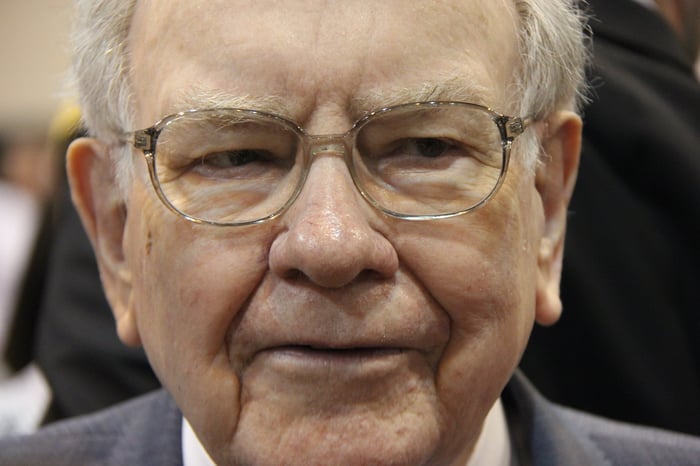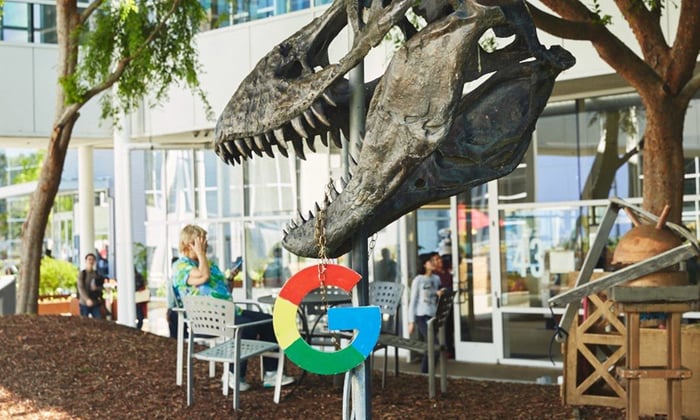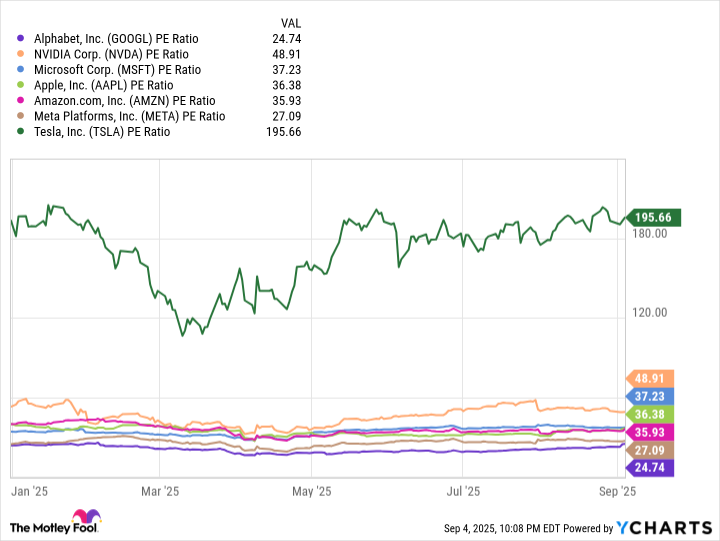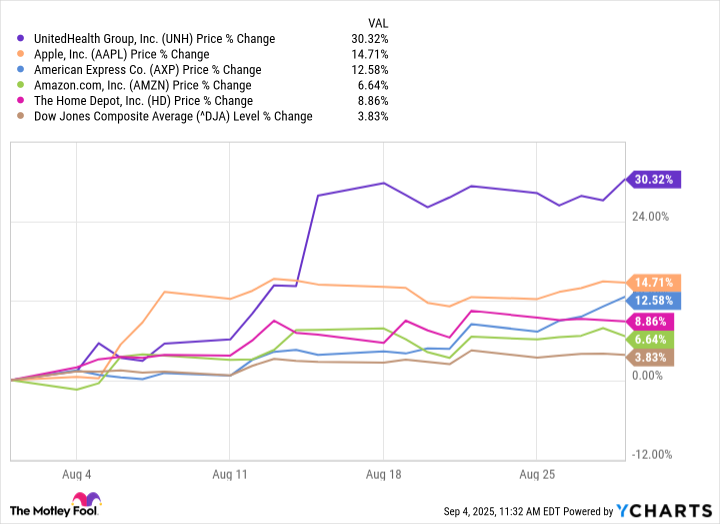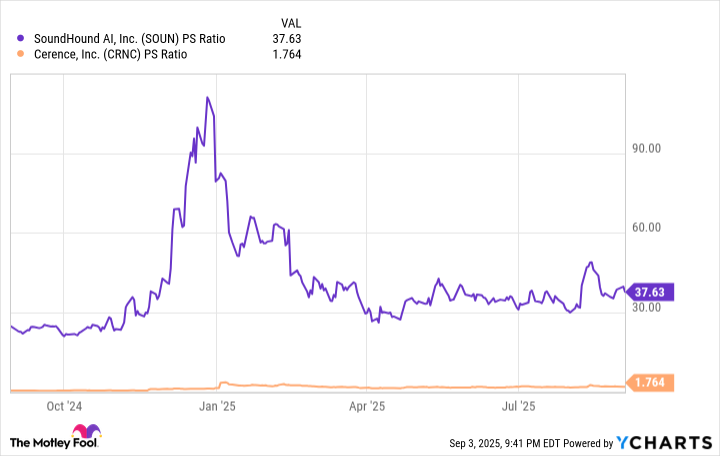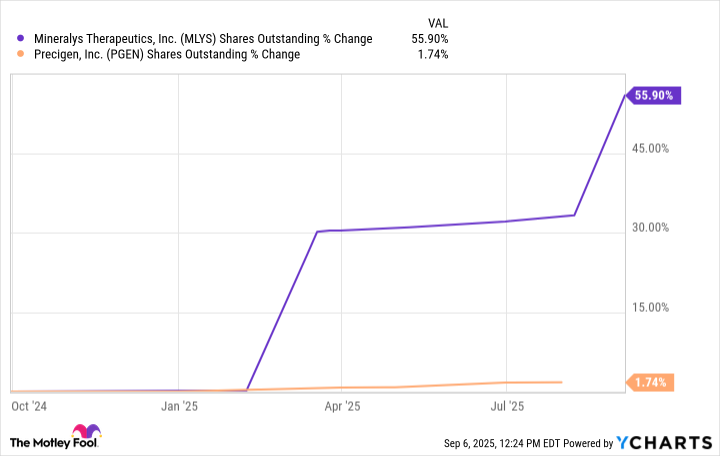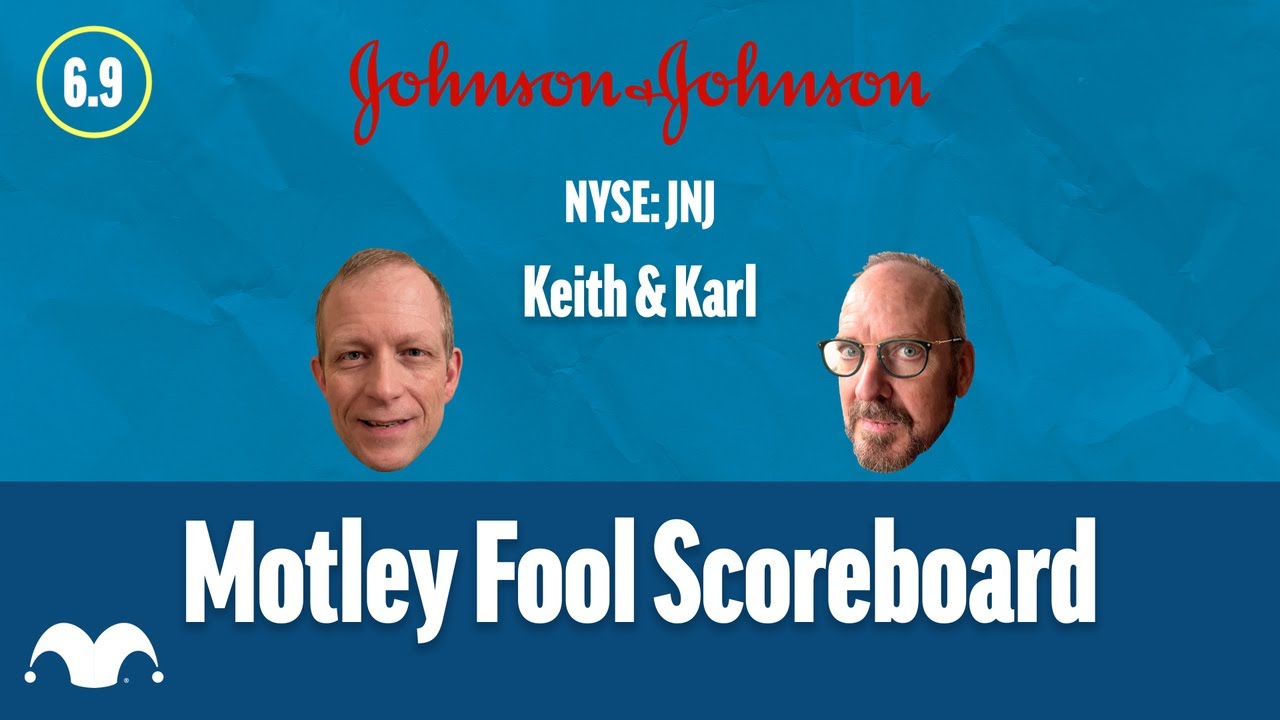These innovative crypto projects may surprise you.
When cryptocurrency last soared in 2020 and 2021, we also saw smaller cryptocurrencies take off in what’s known as an “altcoin season.” These often unheard of cryptocurrencies skyrocketed and sometimes generated returns of thousands of percent.
Times have changed. Although Bitcoin (BTC 0.37%) has repeatedly set all-time highs during the past year, many smaller coins have struggled. Not only has Bitcoin grown more dominant, but there are also millions more new projects now than there were in the last crypto boom.
The appeal of under-the-radar cryptocurrencies is that you might uncover the next big thing and see eye-watering gains. However, the project might also collapse or turn out to be a scam. Altcoins can carry significantly more risk, not least because it isn’t always easy to find reliable information about them.

Image source: Getty Images.
That said, these six lesser-known cryptocurrencies are worth a closer look. All have established use cases, either in decentralized finance (DeFi) or in the real world. There are no guarantees, but these certainly have potential.
1. Chainlink
Chainlink (LINK 0.16%) is an important cog of the blockchain machine. Smart contracts (tiny pieces of code) need accurate information to function, and Chainlink provides it. It collates on-chain and off-chain data and feeds it to various blockchain ecosystems.
Chainlink recently announced it would work with the U.S. Department of Commerce to bring government data onto the blockchain. It is also collaborating with financial heavyweights such as the Swift international banking cooperative, Mastercard, JPMorgan, and more.
2. Monero
Monero (XMR 0.33%) is a privacy cryptocurrency. There’s a perception that these coins are mainly used by hackers and money launderers. That’s a valid concern, but, as Chainalysis points out, a lack of liquidity in privacy coins means criminals are actually more likely to use Bitcoin.
Importantly, there are also legitimate reasons for turning to privacy coins. Transparency is one of the core tenets of blockchain, meaning pseudonymous transactions can be viewed on the ledger. However, only the wallet address can be seen, which — in theory — protects people’s identities. The challenge is that it’s increasingly possible to connect wallet addresses to actual people or organizations.
As cryptocurrency becomes more mainstream, that could be problematic. For example, a business that uses stablecoins won’t want competitors to use blockchain transparency to find out what salaries they pay or what suppliers they use. Individual investors may want to protect their privacy for a host of reasons.
As a result, the growth in stablecoins and tokenization may well drive demand for privacy coins like Monero.
3. Cardano
Cardano (ADA 0.89%) may well be the best-known crypto on this list. Cardano is a smart-contract crypto, which means that other projects can be built on its ecosystem. It emphasizes real-world utility, particularly in terms of digital identities.
The project depends heavily on peer-reviewed research, which isn’t always popular in the fast-moving world of digital currencies. However, as the industry matures, established businesses are exploring ways to use the blockchain. That could well be the opportunity Cardano needs — the non-crypto world may be more appreciative of its methodical approach.
4. Render
Render (RENDER 1.38%) highlights a different use case for blockchain technology. People can join its network and put their unused computer processing power to work, earning Render tokens along the way.
Render sells this idle computing power to people who want to perform processing-intensive tasks like making graphics and videos. It splits the work across the tens of thousands of computers in its network. Originally aimed at graphics, the Render now also supports generative AI tools.
5. Arbitrum
Arbitrum is one of several so-called Layer-2 (L2) solutions. These sit on top of existing blockchains like Ethereum (ETH 0.10%) to improve performance, while still using the security and foundation of the main chain.
Arbitrum makes Ethereum more scalable. Developers can do all the same things they might do on Ethereum, but with faster transaction times and lower fees.
There are quite a few L2 solutions, but a look at DefiLlama shows that Arbitrum has attracted a good number of developers and users. As of Sept. 4, it had the third-highest number of apps. And it’s in the top 10 chains for total locked value — the value of assets on its system.
6. Hedera
Did you know that some cryptocurrencies don’t use blockchain technology? Hedera (HBAR 1.80%) is one of them. It supports the functionality that you would look for with a blockchain-based crypto. You can use it to make payments, transfer money, build smart contracts, and more. But the underlying technology works differently.
It uses something called hashgraph technology, where nodes talk to one another in a process it describes as gossip-about-gossip. Because it doesn’t rely on a process of adding and verifying new blocks, it can process transactions more quickly than traditional blockchains.
One of the big appeals of Hedera is its energy efficiency. Many traditional cryptos rely on either proof-of-work or the less energy-intensive proof-of-stake systems to keep their networks secure. Hedera says it consumes hundreds or thousands of times less energy without sacrificing speed or security.
It boasts heavyweights like Alphabet (GOOG 1.04%), Dell (DELL -1.45%), and IBM (IBM 0.51%) on its governing body, but has yet to prove itself in terms of DeFi activity.
Understand the risks
Cryptocurrency is still a relatively new asset class, and it’s advisable to ensure it only makes up a small percentage of your investment portfolio. If you’re moving beyond Bitcoin and Ethereum into smaller caps, the projects may fail or drop dramatically in value. Bear in mind that eight of the cryptos that were in the top 20 by market cap in September 2021 have fallen off that list today.
Even with relatively established altcoins, there’s a lot of risk. Be clear about how much you want to invest and what your strategy is — particularly what might cause you to sell your crypto. Try not to get caught up in the hype, especially around the latest meme coin. The idea is to find under-the-radar cryptos that will eventually be on people’s radars and stay there.






